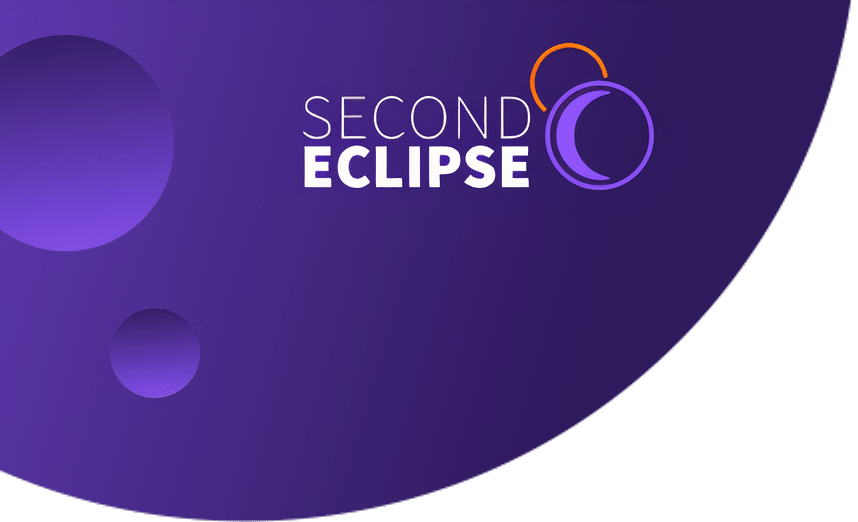
The end is near for third-party cookies. It wasn’t until January this year that Google announced it would block all third-party cookies by 2022. Only then did it dawn on many B2B marketers what the real impact of this new customer policy measure will be on digital advertising campaigns.
Despite other search engines like Mozilla (Firefox) and Apple (Safari) having already blocked the use of third-party cookies, this announcement by Google seemed to have dealt the most significant blow. It marked a major milestone that calls for the end of cookie-based tracking as we know it.
With its dominant online market share, Google’s decision is set to fundamentally change the online advertising landscape. Since the announcement, many marketing agencies are scrambling to figure out how best to adapt while savvy marketers are preparing to grasp the opportunity.
What Are Third-Party Cookies?
Your actions across the web leave traces of information about your online activity. Third-party cookies are bits of data generated by websites other than the website the user is currently accessing.
This data is what browsers like Google Chrome collect and is of great value to marketers that use this data to find niche audiences and design better-targeted campaigns for many years.
Online advertising is one of the most common uses of third party cookies. By adding tags to your pages, advertisers can track users across other sites they visit.
For example, when you visit a publisher’s website, a first-party cookie is saved to your browser. Like other publisher websites, news outlets use ads developed by other sites that create third-party cookies to track the user’s behavior and serve them ads when they visit another website based on that behavior or demographics such as location or device type.
What This Means for B2B Marketers
Eliminating third-party cookies can have a remarkable impact and should pave the way for more effective, less intrusive digital marketing strategies. The effect of this move by Google means there’ll be a limited number of online platforms where marketers would be able to join advertising data together.
While this will probably make tech giants such as Facebook even more powerful due to their abundance of first-party data, it’s an opportunity for marketing agencies and online brands to create better profiles—since Google focused this move on driving long-term brand loyalty and engagement among online users.
Most marketers long understand the importance of establishing and using long-term strategies to build strong user-profiles based on first-party data.
Impacts of the End of Third-Party Cookies
Immediately after Google announced the changes, there was a lot of uncertainty among marketers.
Some of the impacts of the third-party cookie “apocalypse” include:
1. Less accessible data
The end of third-party cookies represents the loss of a section of data that’s been used since 1994. There’s no doubt that this decision will lead to less access to a lot of relevant information.
As much as Google only just announced this decision in question, it didn’t come as a surprise to most marketers. It was expected. Seeing that, other browsers had already killed or were in the process of eliminating third-party cookies.
B2B marketers will have to adapt to this new reality. However, it doesn’t mean the end of online advertising. New and perhaps just as effective strategies will gain popularity in the coming year.
2. Adapting to the new mechanisms
The main impact of killing third-party cookies is likely to create a need for marketers to adopt new marketing strategies and mechanisms. For instance, marketers will have to turn to using first-party cookies to replace third-party cookies.
It’s necessary to understand that this decision will lead to more efficient data management and the use of other digital marketing strategies including SEO and content marketing.
3. Several tools will be affected
Marketing agencies and brands will have to use first-party data and applications in lieu of third-party data.
Intent data providers will be forced to evolve, as a large portion of their data relies on third-party cookie tracking. This could lead to intent data providers becoming content publishers, utilizing their own first-party cookies to track user behavior and provide account-based insights.
What Comes After the End of Third-Party Cookies?
With the end of third-party cookies on the horizon, marketers will have to rely on their own data-driven insights to understand consumers and meet their needs. There will be a doubling-down on content to keep users engaged with your brand, providing your brand with valuable first-party data.
Does your brand need help navigating the elimination of third-party cookies? Contact Second Eclipse today.




